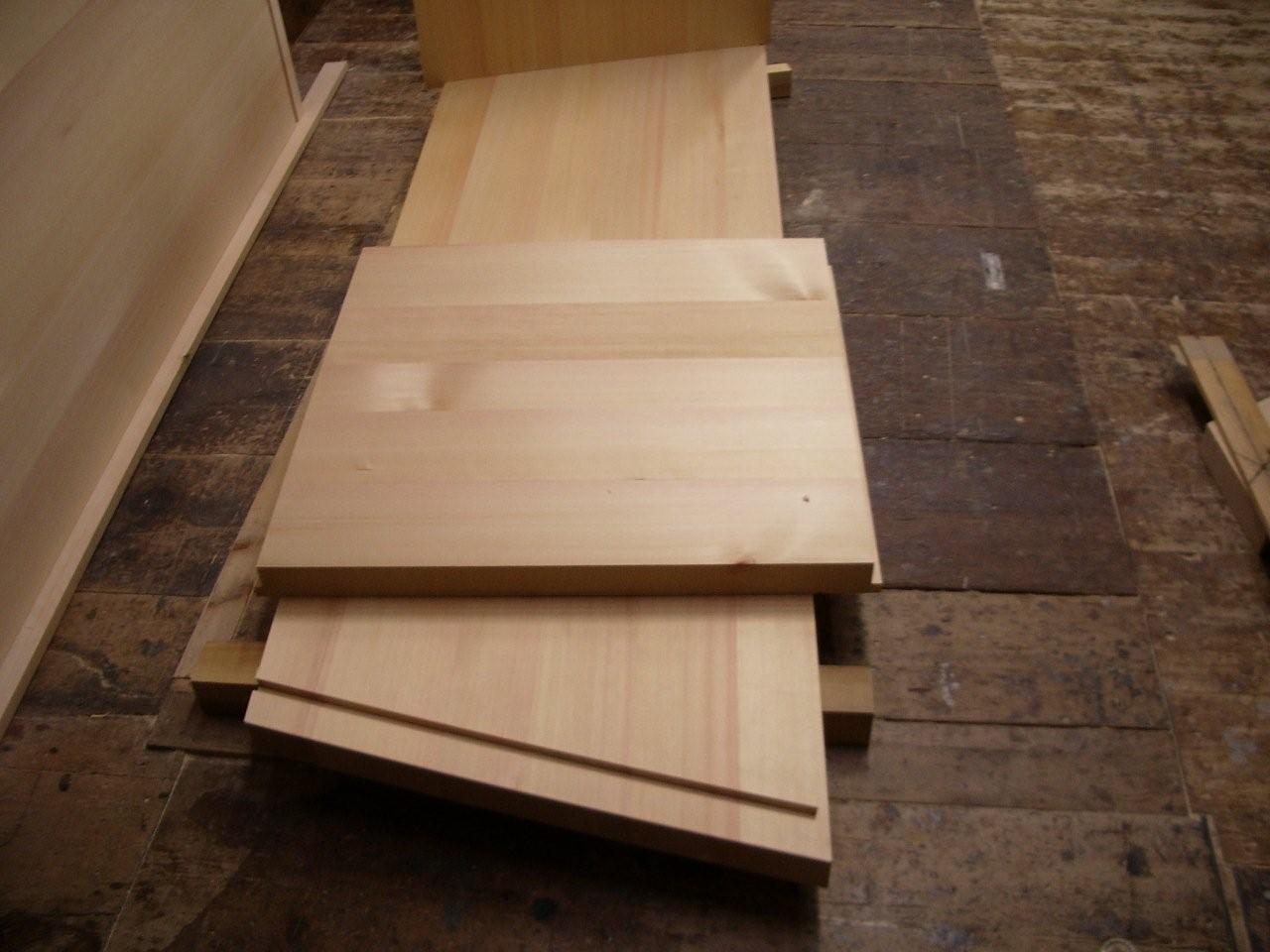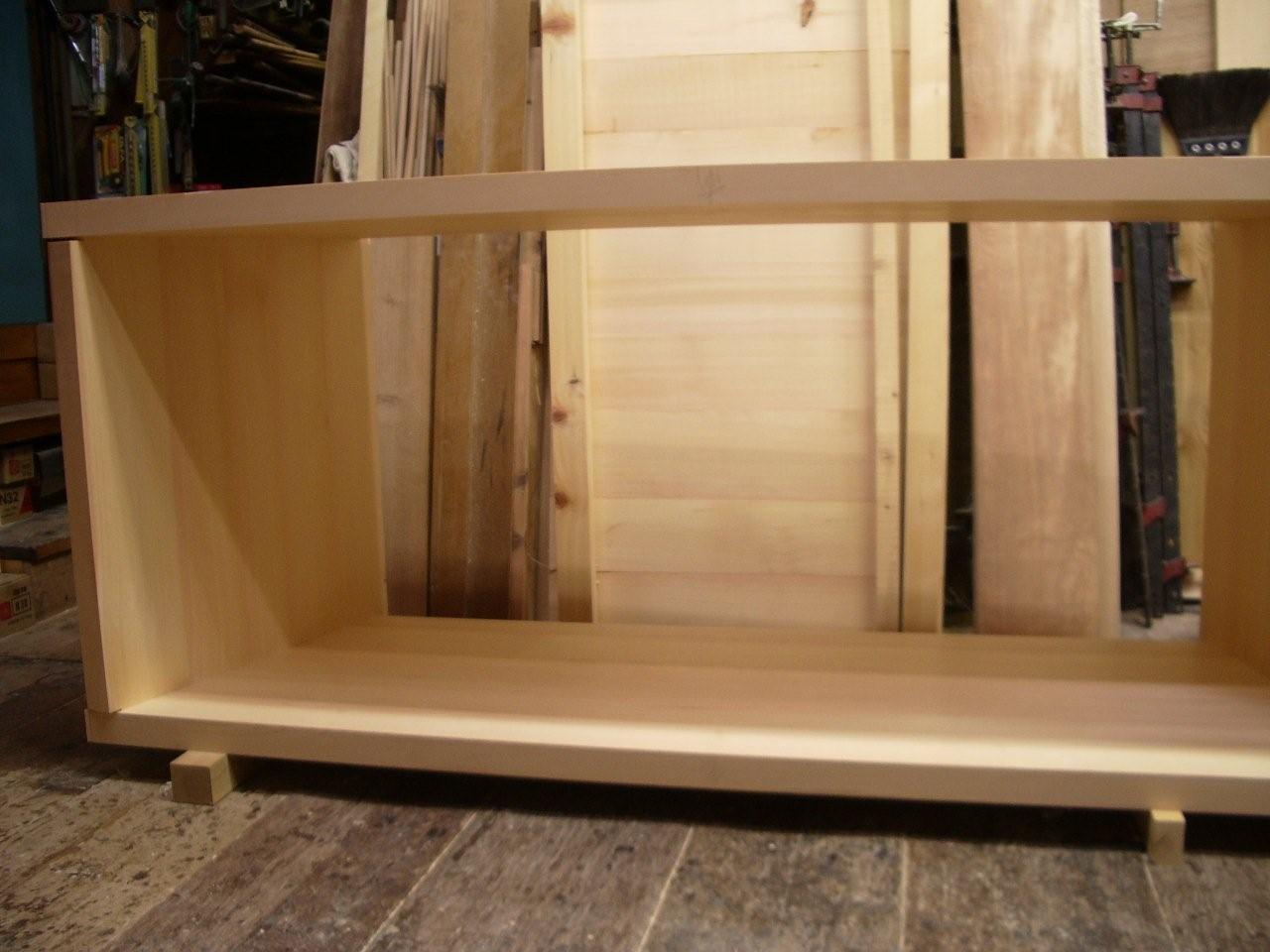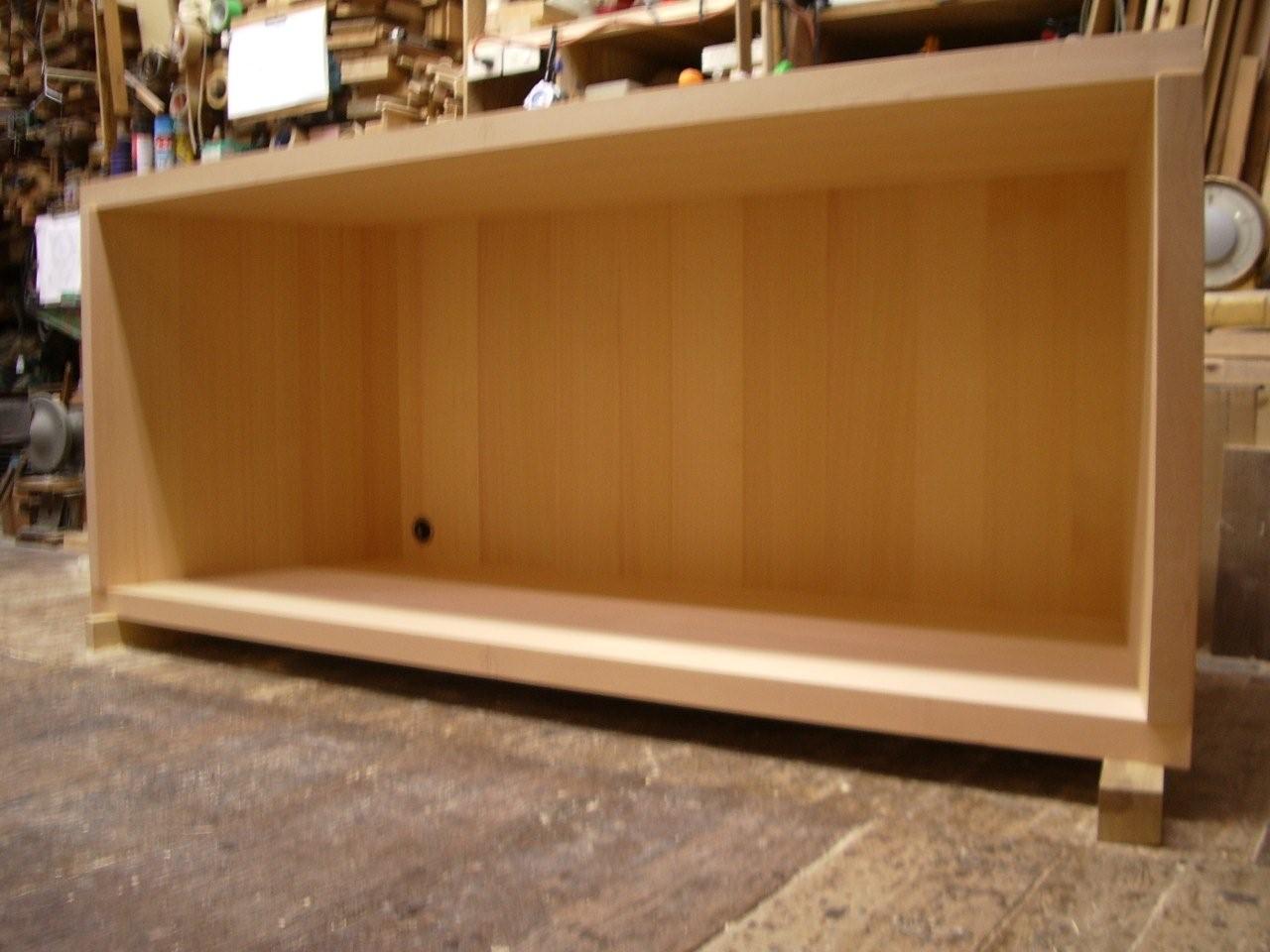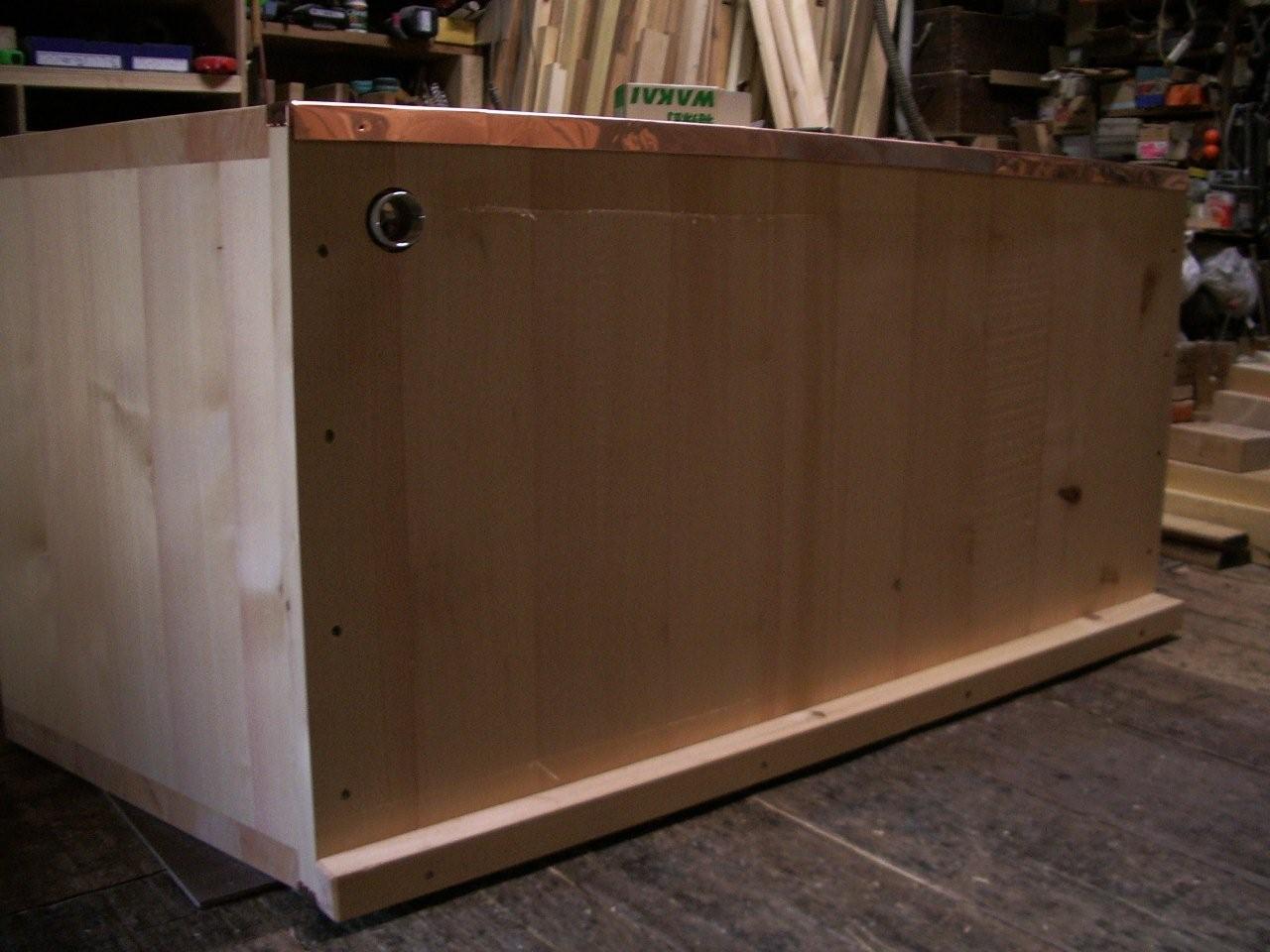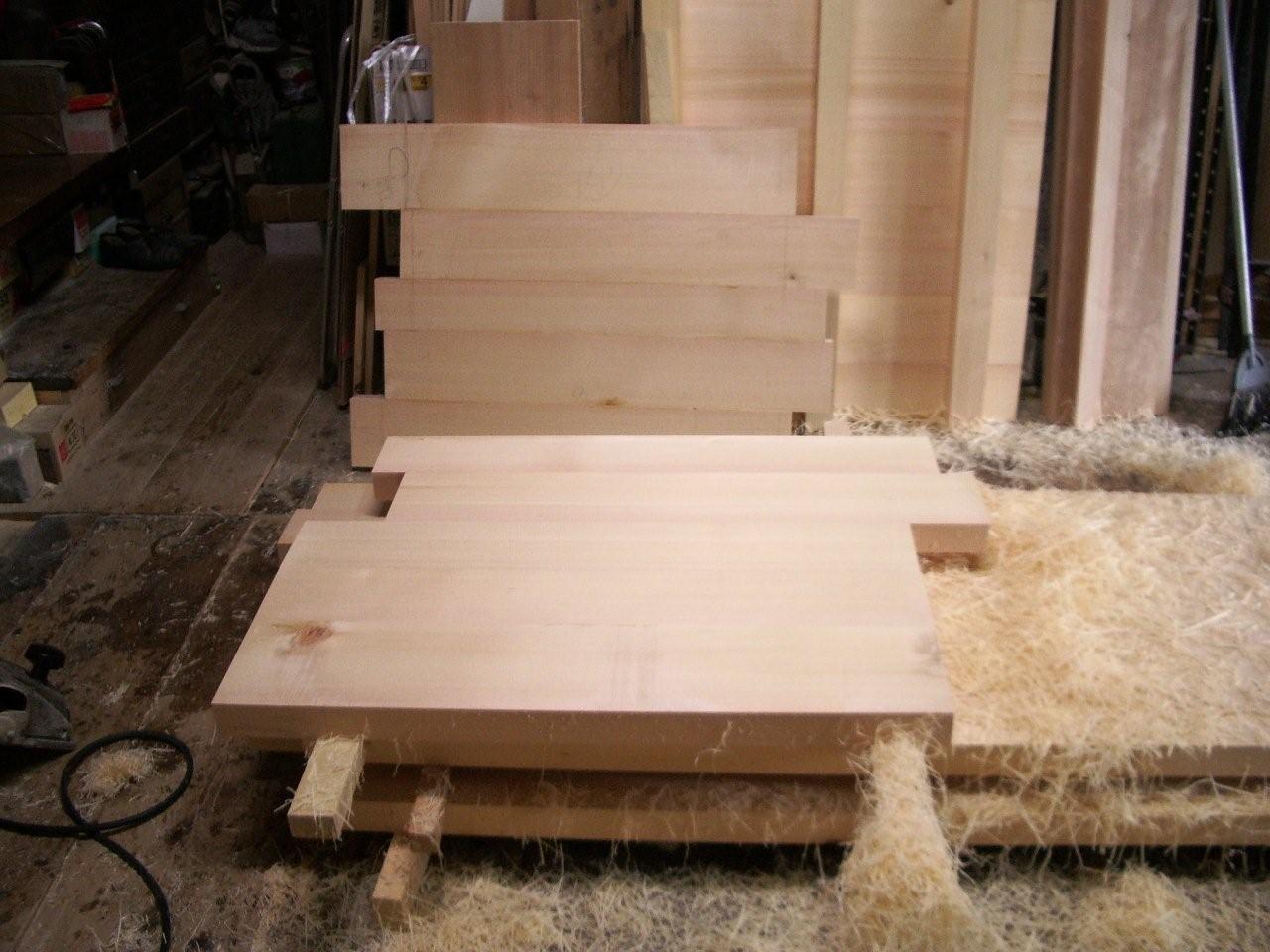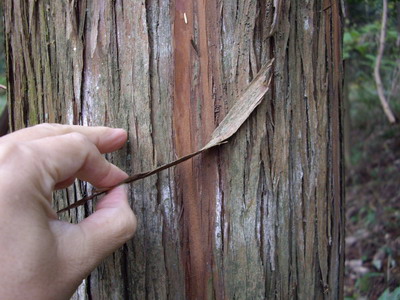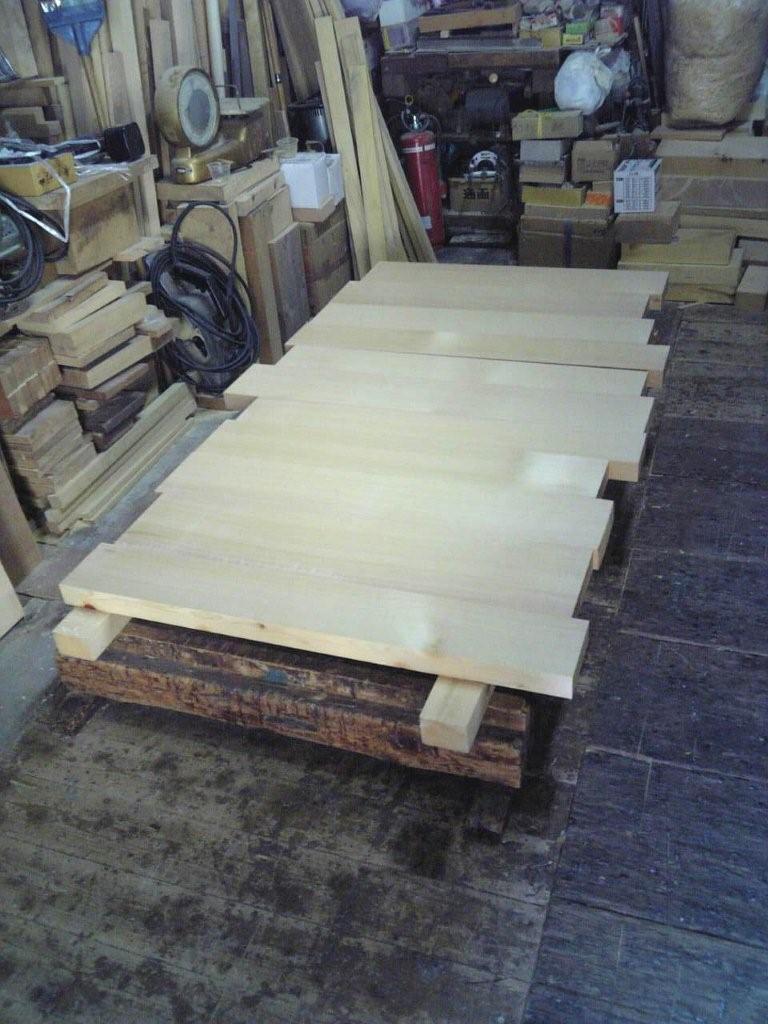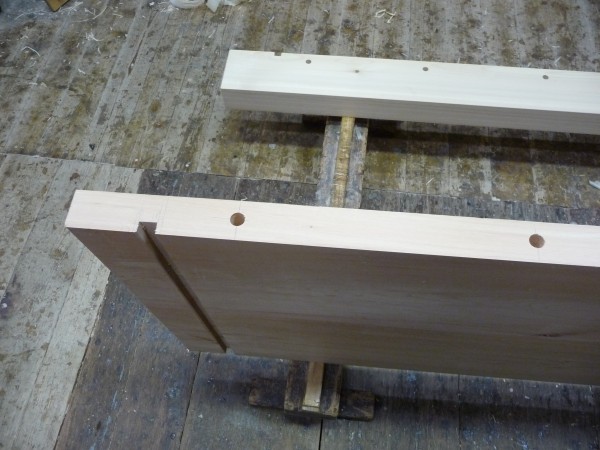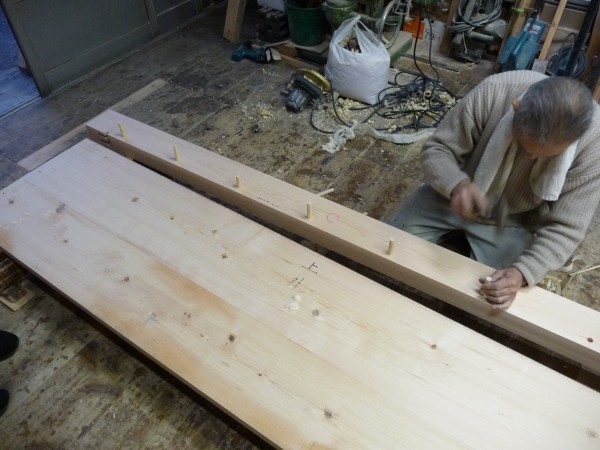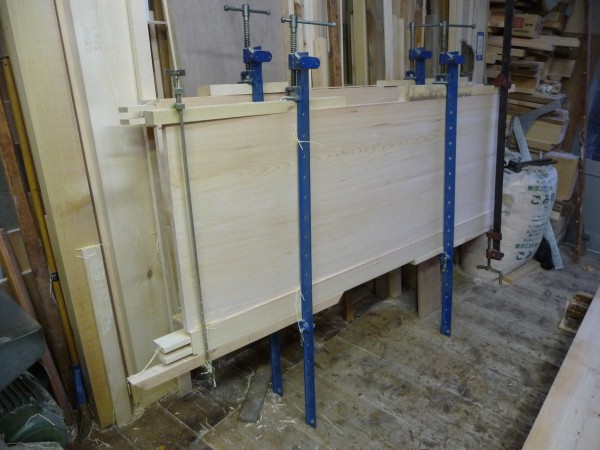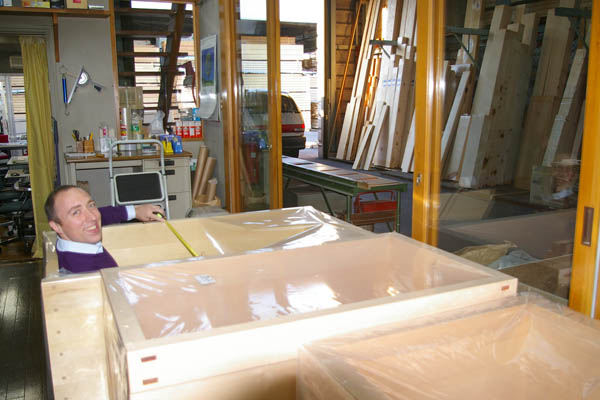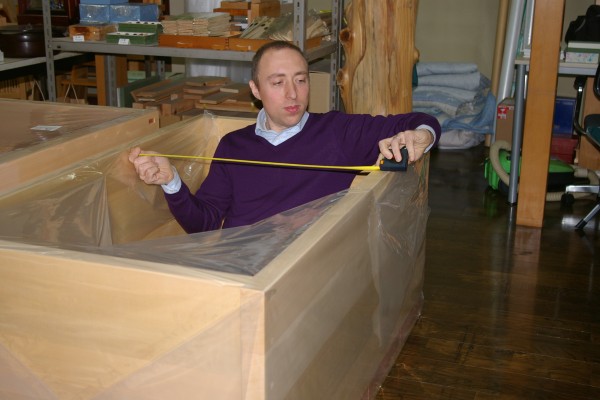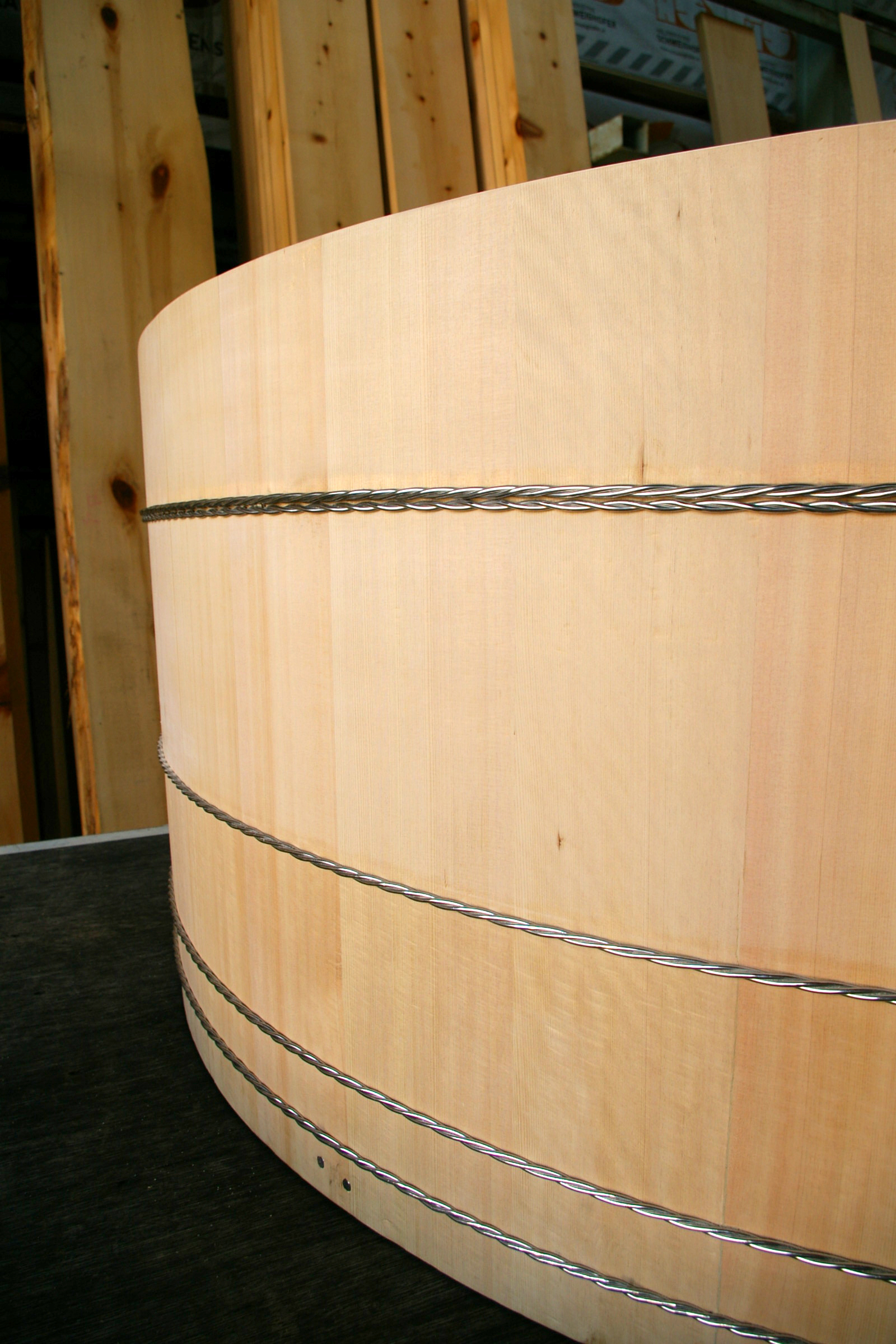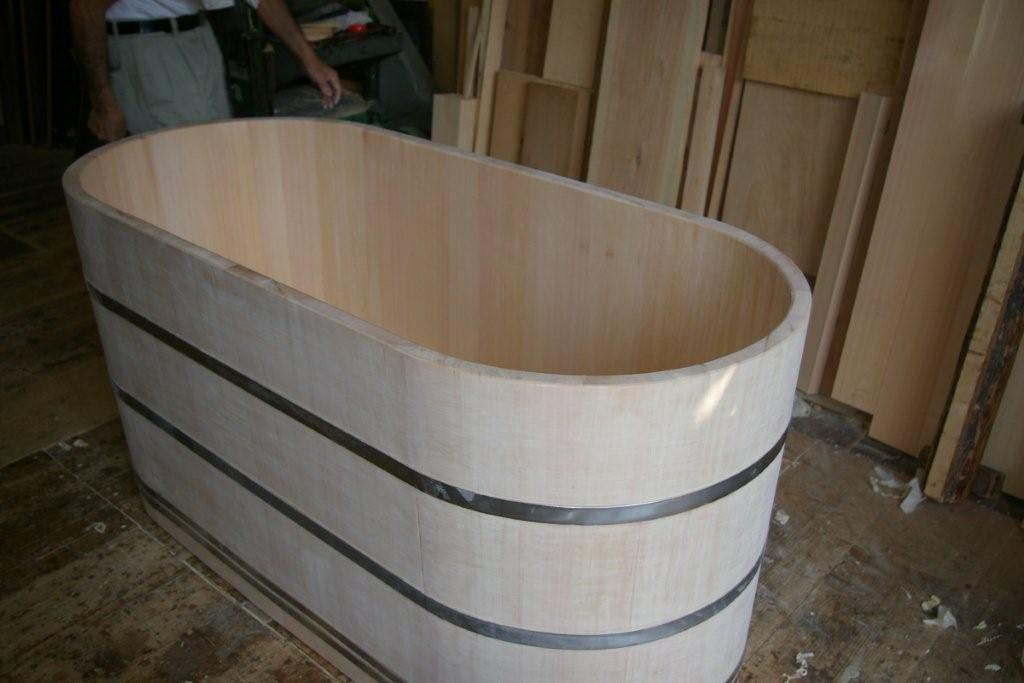New company
Thanks to all hinoki lovers, our sales of japanese tubs in 2008 increased by almost 50% compared to the previous terms.
We decided it is time to create an indipendent company (separated from my business as an architect) to handle the design, manufacture and sales of wooden products.
One of the merits is that this will allow us a japanese sales tax saving of about 2.5% which will benefit our clients.
The new company, BARTOK DESIGN JAPAN Co. will deal exclusively in wooden products exports. Address and contact numbers remain without variation.
Our new primary bank account is at MINATO BANK, we also have another account at TOKYO MITSUBISHI UFJ BANKING CORP.
Do not hesitate to contact us for any additional information.
